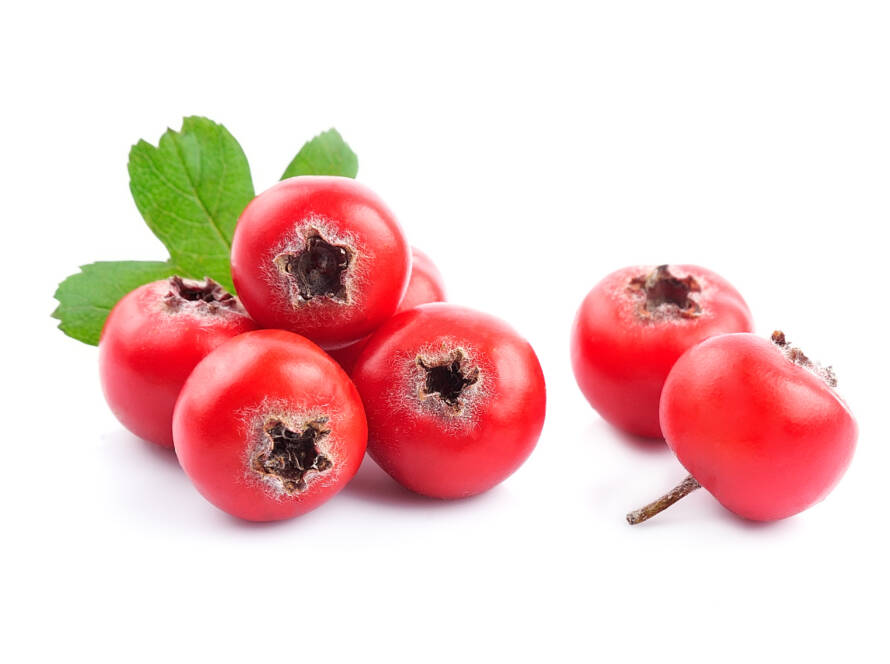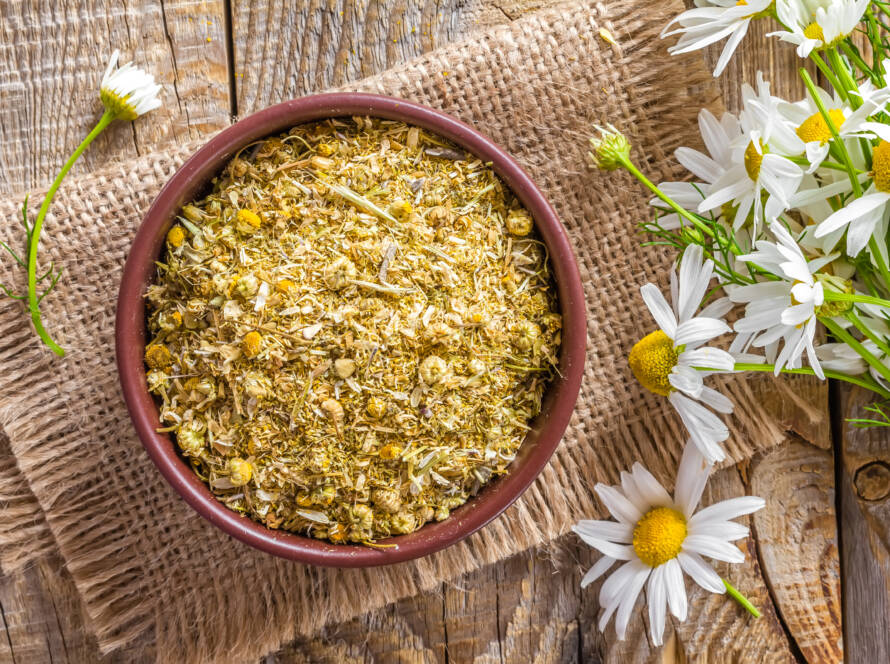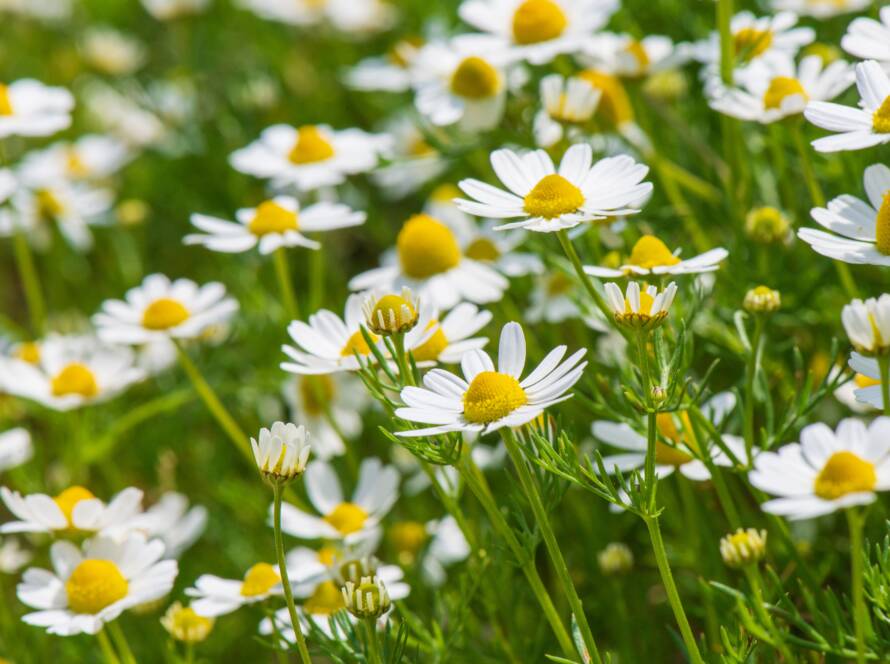Echinacea
Introduction
Echinacea is a herb known for its flavor, scent, and potential therapeutic properties. It includes various parts of the plant such as flowers, leaves, bark, fruit, seeds, stems, and roots. There are nine species of echinacea, all native to the United States and southern Canada, with Echinacea purpurea being the most commonly used and believed to be the most potent.
Common Names
- Echinacea
- Purple coneflower
- Coneflower
- American coneflower
Latin Names
- Echinacea purpurea
- Echinacea angustifolia
- Echinacea pallida
Uses
Echinacea has been traditionally used for:
- Treating or preventing colds, flu, and other infections.
- Stimulating the immune system to help fight infections.
- Addressing wounds and skin problems, such as acne or boils.
How It Is Used
The aboveground parts and roots of echinacea can be used fresh or dried to make:
- Teas
- Squeezed juice
- Extracts
- Preparations for external use
What the Science Says
- Research results regarding echinacea’s effectiveness in treating colds or flu are mixed. Some studies funded by NCCAM found no benefit from echinacea, while others suggest it may help with upper respiratory infections.
- Most studies indicate that echinacea does not prevent colds or other infections.
- NCCAM continues studying echinacea for its potential effects on the immune system and treating upper respiratory infections.
Side Effects and Cautions
- Echinacea is generally well-tolerated, but some individuals may experience allergic reactions, including rashes, increased asthma, and in rare cases, anaphylaxis.
- Those allergic to plants in the daisy family (e.g., ragweed, chrysanthemums) may be more prone to reactions.
- Individuals with asthma or a genetic tendency toward allergies may also be at higher risk.
- It is essential to inform healthcare providers about complementary and alternative practices for coordinated and safe care.
Sources
- Barrett BP, et al. “Treatment of the common cold with unrefined echinacea: a randomized, double-blind, placebo-controlled trial.” Annals of Internal Medicine, 2002.
- Echinacea. Natural Medicines Comprehensive Database.
- Echinacea (E. angustifolia, E. pallida, E. purpurea). Natural Standard Database.
- Echinacea. In: Blumenthal M, et al. Herbal Medicine: Expanded Commission E Monographs, 2000.
- Fugh-Berman A. “Echinacea for the prevention and treatment of upper respiratory infections.” Seminars in Integrative Medicine, 2003.
- Taylor JA, et al. “Efficacy and safety of echinacea in treating upper respiratory tract infections in children: a randomized controlled trial.” Journal of the American Medical Association, 2003.
For more information, you can visit the NCCAM National Institutes of Health.


